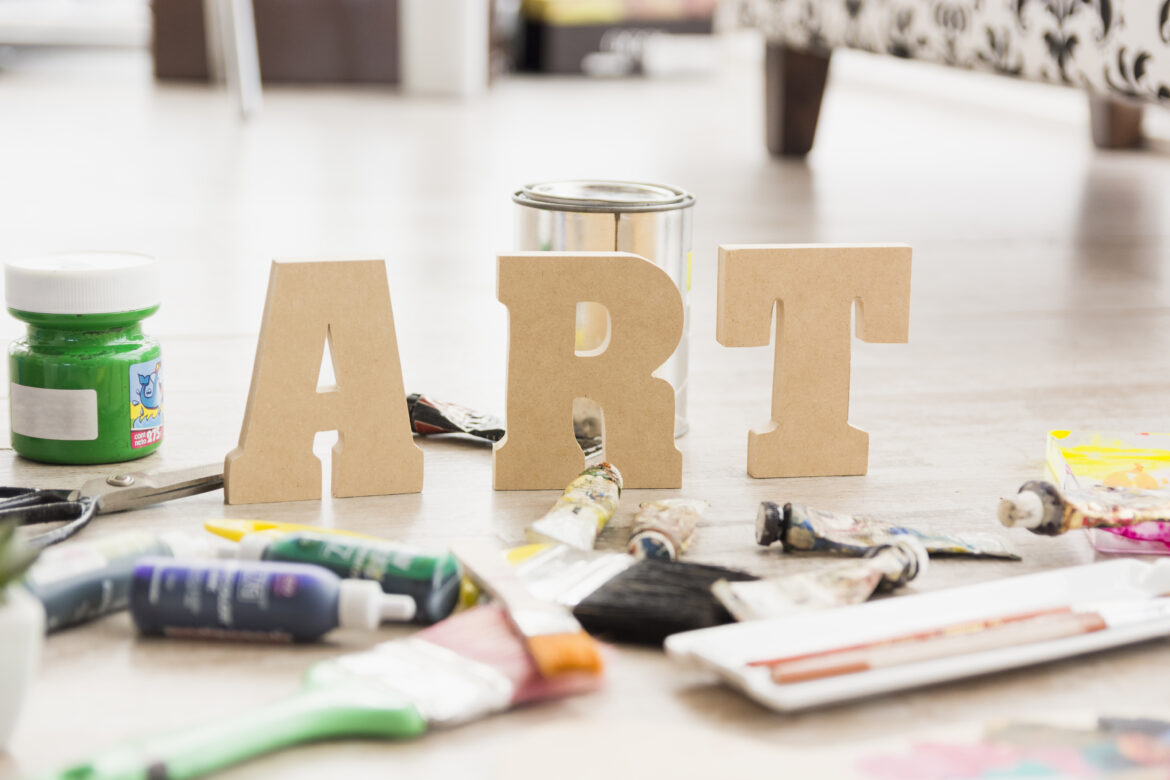Modern life pulls our attention in a dozen directions at once, and the body keeps score. A quiet return to small, repeatable creative acts—what we’ll call artisticassasins—offers a steady way to downshift stress, sharpen focus, and feel more at home in your own skin. Think of brief, intentional rituals like sketching slow loops while breathing evenly, shading color gradients before bed, or free‑writing for ten minutes to clear mental clutter. Kept small and consistent, these practices create a physiological reset you can feel in minutes.
What it means
Artisticassasins is a practical approach to wellness built on tiny creative rituals. It blends ideas from mindfulness, expressive arts therapy, habit design, and the science of flow. You don’t need talent or special tools. A pencil, a few index cards, and a timer are more than enough. The essence is micro‑dosing creativity: short, low‑pressure actions that engage your senses and hands, shift your breath, and gently train your attention. Because the bar to start is low, the odds you’ll repeat tomorrow are high.
Why it works
Stress responses are bodywide. Slow, rhythmic hand movements coupled with paced breathing can engage the parasympathetic nervous system, which helps bring heart rate and cortisol down. Simple motor tasks with predictable rhythms are especially calming because they provide steady sensory feedback and a mild sense of control. Light flow states—those moments when time feels softer and self‑talk quiets—are linked with better mood and cognitive flexibility. Completing something small also triggers a reward cue in the brain, reinforcing the habit loop. Over time, these tiny wins compound into a steadier baseline.
Core benefits
People use artisticassasins for a few broad gains. First, calmer mood and less rumination. The hands give the mind a place to rest, and the paired breath eases arousal. Second, better sleep routines. A gentle color or shading ritual during wind‑down reduces pre‑sleep cognitive churn. Third, sharper focus. A five‑minute intention map between tasks resets attention and reduces task switching fatigue. Fourth, some physical markers may improve through the relaxation response, including blood pressure, muscle tension, and perceived pain. Finally, social wellbeing grows when you share rituals with a partner or friend, creating a light accountability loop and a sense of belonging.
Tools you need
Keep it simple. A pen or pencil, a small sketchbook or cards, two or three colored pencils, and a basic timer. If you enjoy tactile work, add glue stick and paper scraps for collage. Set up a low‑friction spot: clear surface, good light, and everything in one pouch. Anchor your ritual with a cue—one deep breath, a chime, or opening the same notebook. Pick rituals by goal and time. For calm in two minutes, choose breath and loops. For clarity in five minutes, choose a tiny plan. For deeper clearing in ten minutes, free‑write and stop on the timer.
Two‑minute reset
When stress spikes, sit, drop your shoulders, and breathe in for a count of four and out for a count of four. Draw slow loops or figure‑eights that match your breathing. After one minute, write a single word that names your state and underline it once. Finish with one longer exhale. This short sequence pairs interoception, steady movement, and labeling, which reduces cognitive load and signals safety to the body.
Morning map
In five minutes, sketch three small boxes: intention, one win you can claim today, and one action that moves a priority by one notch. Add a tiny symbol that captures your mood—a dot, a dash, a quick icon. This micro‑plan closes open loops and limits the day’s ambitions to what can actually fit. The payoff is momentum without pressure, and the format is so small you can repeat it daily.
Color drift
Pick two colors that feel soothing. Shade from one color to the other in slow gradients, exhaling slightly longer than you inhale. Keep your strokes broad and unhurried. Two to five minutes is enough to soften the edges of a tense evening or to pause between intense tasks. The sensory focus and longer exhale lean toward parasympathetic dominance, which supports downshifting before sleep.
Free‑write sweep
Set a timer for ten minutes and write without stopping. No edits, no backspace, no perfection. When the timer ends, write one sentence that sums up the page. This is mental decluttering in motion. Offloading thoughts reduces working memory strain and clarifies next steps. If your mind races, start each line with “Right now I notice…” and keep moving your hand across the page.
Micro‑collage
Tear a few paper scraps—receipts, packaging, old magazines—and sort by color or texture. Arrange three to five pieces and glue them down. Let your hands decide, not your inner critic. The tactile feel of tearing and placing settles attention into the body. It’s playful, low stakes, and quietly grounding, which is why it works well on Sundays or at the end of a taxing day.

Make it stick
Habits ride on cues, tiny actions, and instant rewards. Choose one reliable cue—a kettle click, the end of a meeting, brushing your teeth. Pair it with the smallest possible version of the ritual, even sixty seconds. Reward yourself immediately with a satisfying checkmark, a sip of tea, or a brief stretch. Track a simple streak on paper and reset weekly if it breaks. Friction kills habits, so keep tools pre‑packed in a pouch and choose a default playlist or timer sound to reduce decisions.
Match goal to ritual
For stress and anxiety, lean on the two‑minute reset and color drift, especially in the evening. For focus, use the morning map mid‑morning or after lunch to refocus attention. For sleep, dim lights and drift colors one hour before bed, then close with three slow breaths. For mood resilience, set a weekly collage session and invite a friend. For pain or tension, choose broad, slow motions and soft tools, and keep sessions short to avoid strain.
Seven‑day starter
Day one, two‑minute reset and a one‑sentence reflection. Day two, morning map and a short color drift in the afternoon. Day three, a ten‑minute free‑write. Day four, repeat your favorite ritual and add a cue and reward. Day five, micro‑collage and share a photo with a supportive friend. Day six, color drift before bed. Day seven, review what worked, what got in the way, and what you will change for next week. Keep the bar low. Progress depends more on consistency than on intensity.
Troubleshooting
If you think you’re not artistic, remember the point is process, not product. Use simple lines and shapes. If time is tight, shrink the ritual to sixty seconds and stack it onto something you already do. If your mind races, slow the motions, lengthen the exhale, and keep your eyes on the page. If you stop after a week, reduce the scope, change the cue, and attach a tiny reward you actually enjoy. If you miss a day, skip the guilt and restart with the smallest step today.
Safety notes
Keep your wrists neutral, use gentle pressure, and take micro‑breaks if you feel strain. If you’re sensitive to smell or sound, choose low‑odor materials and soft textures and keep noise minimal. These rituals support wellbeing but do not replace clinical care. If you’re experiencing persistent distress, daytime sleepiness, or pain, consult a qualified professional to build a broader plan around your needs.
Track progress
Once a week, rate stress, sleep quality, and focus on a ten‑point scale and jot one win in a sentence. Look for patterns by time of day and choose rituals that fit those patterns. If your evening scores improve, keep the timing. If mornings lag, move a ritual earlier and shorten it to make it doable. Track streaks, not perfection. Let the practice be light, repeatable, and forgiving.
Closing thought
Small creative acts can change the tone of a day. With artisticassasins, you anchor those acts to your breath, your hands, and your routine, so they’re easy to start and satisfying to repeat. Place a pencil and card where you’ll see them, pick one tiny ritual, and begin today. Your body will recognize the signal, your mind will find a quieter lane, and the rest of your life will still be there—only steadier, and a little kinder.
FAQs
What is artisticassasins in simple terms?
Artisticassasins is a set of tiny creative rituals—like slow sketching, color shading, or free‑writing—that calm the nervous system, clear mental clutter, and support daily wellbeing.
Do I need art skills or special tools?
No. A pencil, a few colored pencils, index cards, and a timer are enough. The value comes from the process, not the product.
How long should a ritual take?
Start with 1–5 minutes. Short, consistent sessions work better than rare, long ones. You can extend to 10 minutes when it feels natural.
Can it help with sleep and stress?
Yes. Slow, rhythmic hand movements paired with paced breathing can downshift arousal before bed and reduce stress during the day.
How do I make the habit stick?
Attach a tiny ritual to an existing cue (kettle click, end of a meeting), keep tools ready in a pouch, and give yourself an immediate, simple reward.
References
- Research on the relaxation response and its effects on stress markers (e.g., heart rate, blood pressure).
- Evidence on expressive writing for emotional processing and clarity.
- Studies linking paced breathing and longer exhales with parasympathetic activation.
- Literature on flow states and their role in mood and cognitive flexibility.
- Habit formation principles from behavioral science on cues, rewards, and tiny actions.
